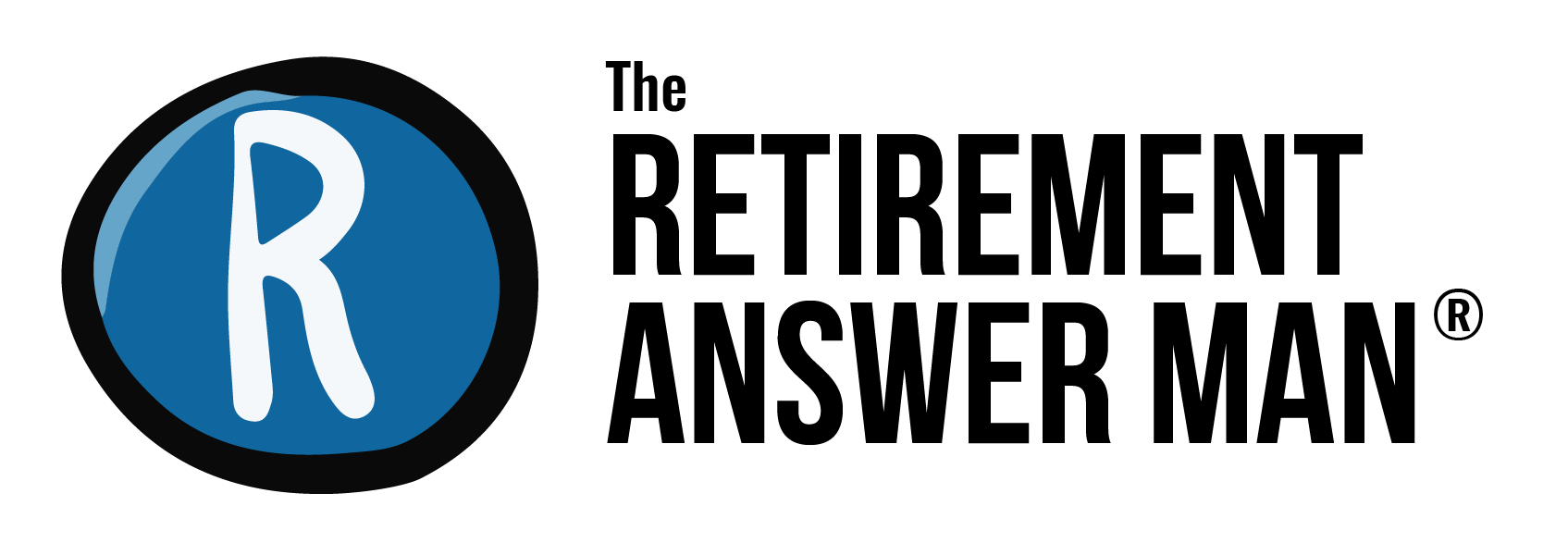Create a better life with Agile Retirement Management
Your retirement plans should be easy to install and upgrade.
Allow me to explain.
Remember back when you got your first computer? Now, envision the big box that came with your first piece of software.
Inside, a complicated manual walked you through how to install it, and it took ages to install. Remember how the computer held you hostage to swap out all the floppy disks and click seemingly endless pop-ups?
The computer probably had to go through at least one restart, and you lost most of your day and had a non-functional computer through all of it.
And once you made it through the complicated process—usually with the help of a readme file—it was still Russian roulette whether or not the software even worked.
Or your computer for that matter.
Inside the software you bought for one simple purpose—maybe word processing or databasing—the menus seemed endless.
“Who actually uses all these features?” you might have asked.
Nobody. That’s who.
“Features” were the best guess of a software development team trying to anticipate any feasible market usage of their product.
And there was no realistic way to improve a product once released—all you could do was release a next version and charge people to buy the same software again.
There was no Internet to easily update your software. So they crammed in everything they could think of to meet as many people’s needs as possible. Bloated software resulted.
That was called waterfall development. Design was sequential, much like the construction industry since after-market changes cost way too much.
In fact, the construction and manufacturing industries gave birth to waterfall development.
A better way
As better tools came along for the software industry, so did better management methodology. Agile project management came along and booted waterfall development out the door.
If you want to understand agile project management, look how developers create apps.
Usually it will come out as a minimum viable product and keep expanding and evolving over time to meet demand as the developers learn about it.
It’s much more cost-effective up front, and it removes a lot of the guesswork and market research of waterfall management.
The market tells companies how to make their product better in real-time.
It’s much more agile and adaptable.
What if you make your retirement that agile?
I talked last week a little bit about how much guesswork is involved upfront with a lot of financial planners.
Heck, I have to do some guesswork, too.
But when you jump into retirement with both feet, I’m there to walk you through the upgrades your life needs in real time. Just like the market tells software developers how to improve their products quickly, I’ve created the framework for that same agility in your retirement process.
I call it Agile Retirement Management.
Your life isn’t some bloated piece of software that gets released and never changes. Your life, especially in retirement, will be a story of dynamic improvements and changes.
Why not work with a planner who plans for that?
Shouldn’t your retirement plan be more adaptive than predictive?
Your life can’t be boiled down into the two standard vehicles of savings and investing, and I don’t pretend to hold you to those, as important as they are.
What Agile Retirement Management will do for you
Below are things clients tell me Agile Retirement Management gives them. Or gives them back with interest.
Creativity: Most financial firms stick primarily to saving and investing as the two methods for creating a great retirement; some people lose sight of other options because of that industry tendency. I’ve found over the years that the options not found in a leather-bound portfolio are the ones that make my clients happiest.
Proactivity: Since I don’t pretend all the answers are in a single predictive document where I’ve painted your retirement by numbers, you are free to chase down better options. I’m a guide and liaison for your retirement, yes. But I’m all for you chasing down the best choices in retirement. If you’re held to traditional offerings, you lose a lot of that.
An evolutionary retirement: We’re wired to think that change is bad, but every life changes. That’s a good thing. Embracing that fact up front makes changes easier and more effective.
Nimbleness: People often sit across a desk from me and tell me what they want in retirement. (Though many don’t even know.) I’ve found over the years that most don’t know until people retire what they really want. So theability to adapt quickly to what they really want is valuable.
Intentionality: I help clients think intentionally about every facet of retirement. It’s far better than the typical knee-jerk reactions inspired by life changes in most people’s retirements.
Ability to cope with uncertainty: With the right framework, you don’t have to figure it all out before you retire. You’ll even learn how silly it is to even try. Agile Retirement Management lays the groundwork to have the right cadence of little conversations that usher you through uncertainty to a better life.
Welcome to the Agile Retirement age
Much like the Internet has changed the way that software is created and distributed, it’s my goal to make Agile Retirement Management the new normal for retirement.
It’s all about creating a simple, adaptable framework that benefits one person more than anyone else.
You.
Question of the Week:
How could you see agility factoring into your great retirement?

